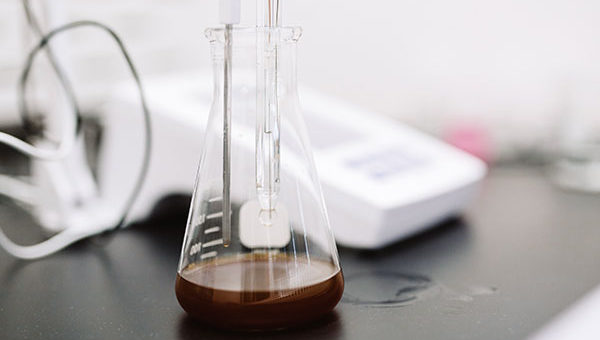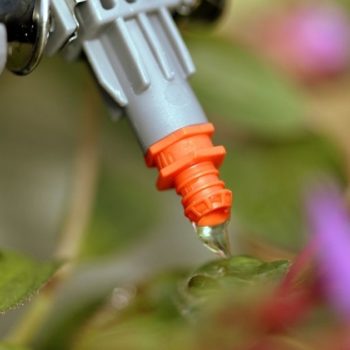
How Enzymes Work
Learn About Enzymes and the Role They Play in Healthy Plant Growth
What Are Enzymes?
Enzymes are proteins, made up of amino acids that act as catalysts – they facilitate, energize, and speed up biochemical reactions. The rate of reaction can be several million times faster than if left un-catalyzed. An extreme example is the orotidine 5′-phosphate decarboxylase, which allows a reaction that would otherwise take millions of years to occur to take place in milliseconds.

Three Dimensional Enzyme
How do Enzymes Work?
Enzymes are highly specific – only when enzyme and substrate match like key and lock, does a biochemical reaction occur. No other than the matching substrate will be altered or affected with the right enzyme formula.

Lock and Key Model
Given favorable conditions, enzymes can catalyze the same reaction time and time again. When the biochemical reaction of converting substrate into product is complete, the enzyme is ready to bond to the substrate again.
Not all enzymes are created equally. For example, the pH range and optimum for an enzyme such as cellulase may not always be suitable for applications in the hydroponic pH range, depending on how the enzyme was produced. The enzymes in Hygrozyme are specifically created to work at their maximum potential in the hydroponic pH and temperature range.
How do Enzymes Help with Plant Growth?
Enzymes are an integral component of plant growth. They contribute to the overall plant health in multiple ways.
Enzymes act as catalysts that accelerate the speed of natural root zone reactions. Suitable enzymes such as cellulase break down dead root matter and convert them into simple sugars, which thereby feeds beneficial microbes. The more beneficial microbes in your system, the better the environment for the overall health of your plant.
Enzymes also provide a cleaner, more vigorous root zone by removing organic debris that may otherwise rot and provide a welcoming environment for root rot to take hold. Even if root rot has taken hold in a grow system, a well-designed root zone enzyme formula can assist in mitigating the damage and prevent further development of root rot.
Aside from the root zone, enzyme formulas can be designed to also work throughout your entire grow system and are useful for various purposes such as cleaning of equipment and to keep grow systems flushed hence reducing the risk of buildup that causes blockage.
A diverse supply of enzymes must be present to carry out all the different biochemical transformations required in the root zone. Hygrozyme is designed to have a precise combination and activity level of core enzymes which work synergistically with a unique blend of additional hydrolytic enzymes to be the most beneficial formula for your roots and throughout your grow system.
- On November 28, 2019


